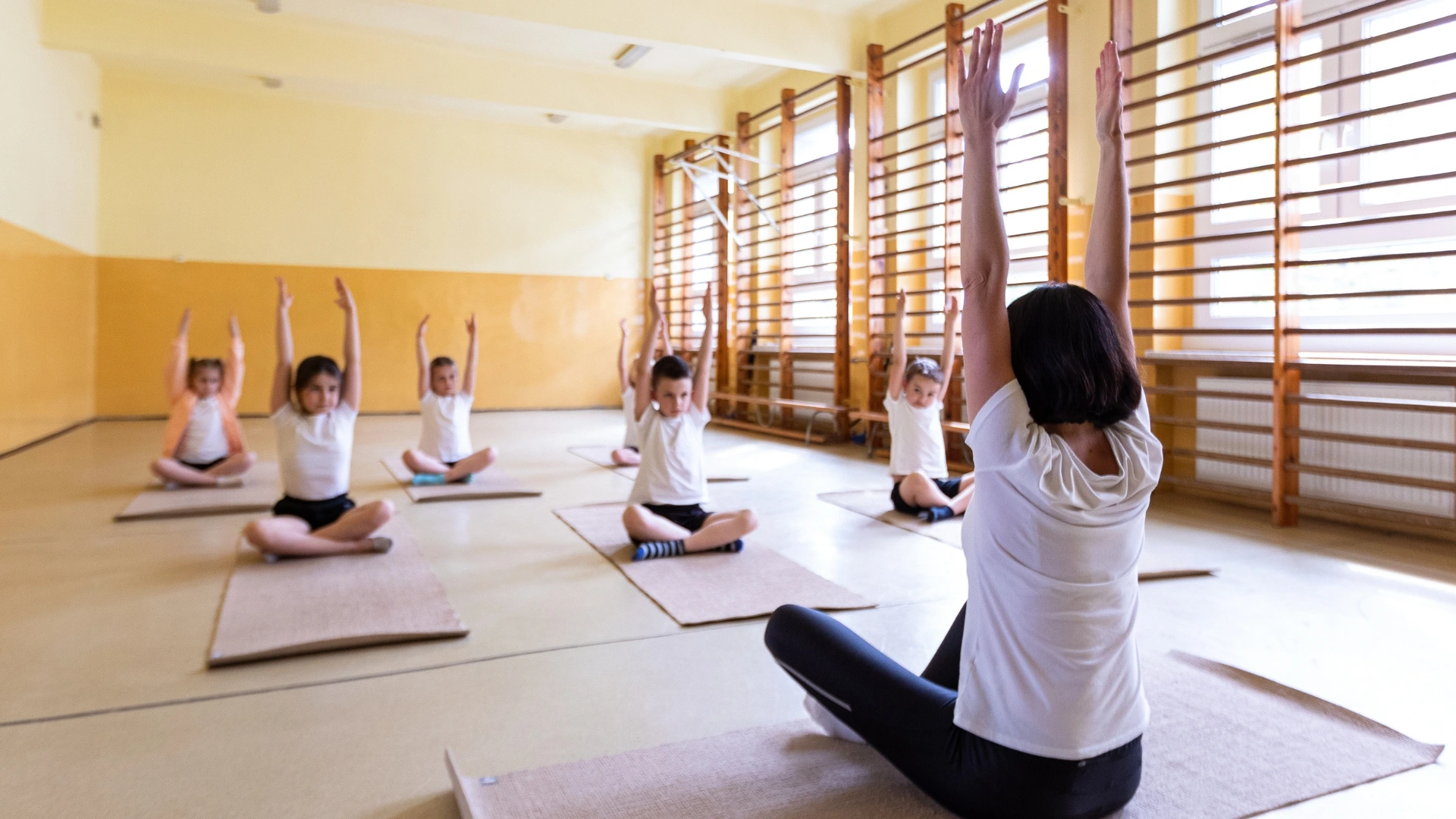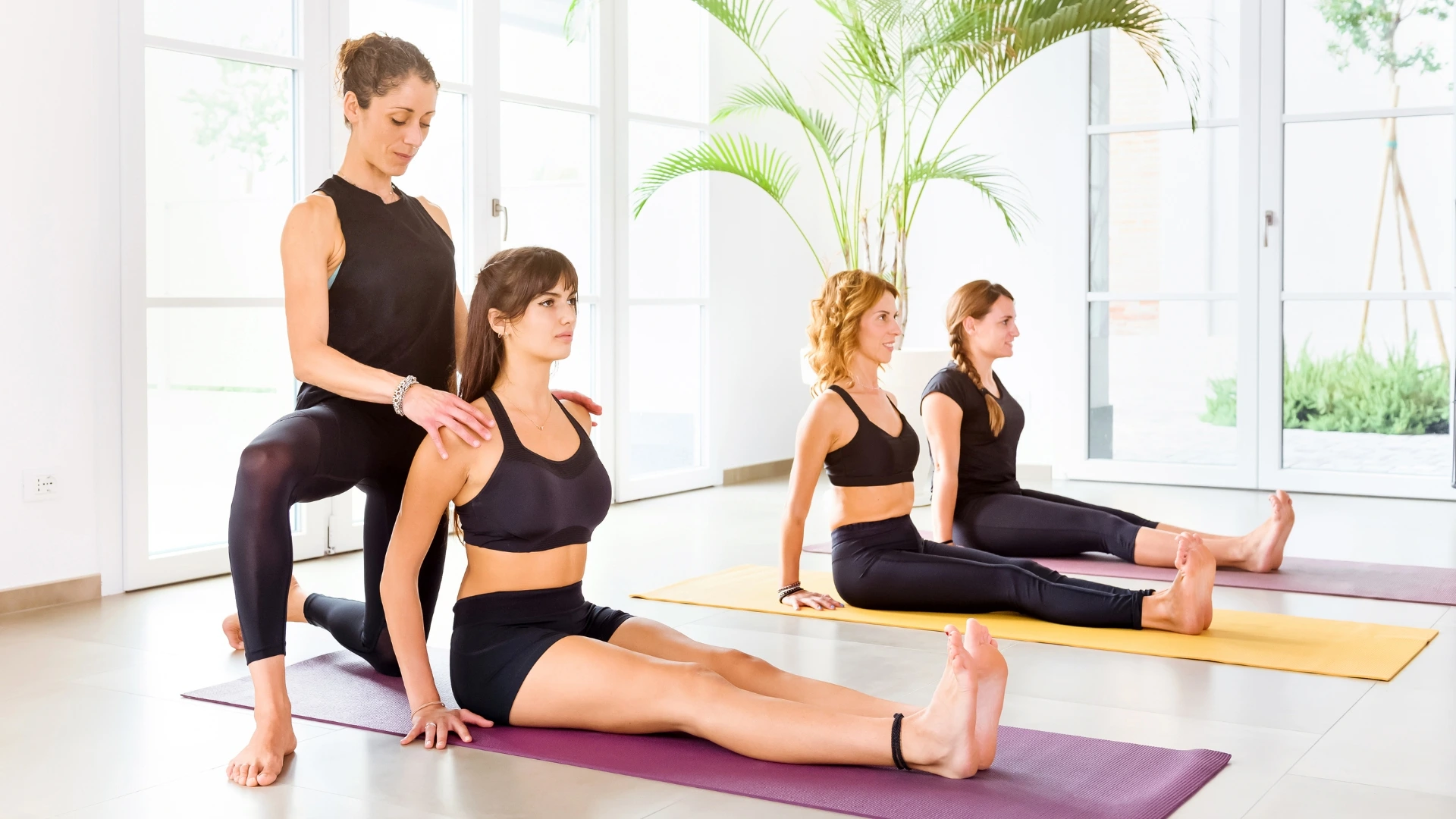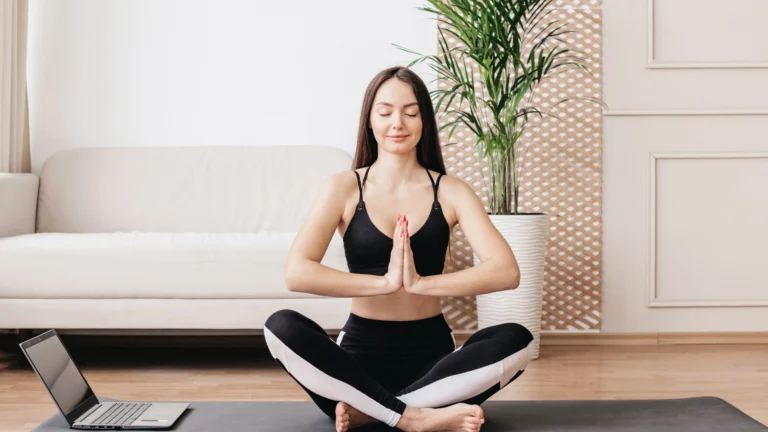What To Consider When Picking A Yoga Teacher Training?
Yoga is a holistic practice that integrates physical postures, breath control, meditation, and mindfulness to promote health, well-being, and self-awareness. Learning yoga offers a rewarding career path, as it provides opportunities to promote wellness, lead classes, and positively impact others’ lives. Wondering about the future of the yoga market? Get ready for significant growth between 2023 and 2030 in the global yoga market, with forecasts pointing towards a steady rise. Additionally, the growing demand for yoga instructors ensures job stability and potential for growth.
Are you ready to embark on a journey that could transform your practice and perhaps even your life? Choosing the right yoga teacher training program is a critical step, but with so many options worldwide, it can feel overwhelming. Let’s navigate this decision together by exploring the key factors to consider. Are you seeking to deepen your practice or share yoga’s transformative power with others? Your goals will shape the path you choose. Let’s delve into the pivotal considerations to ensure you find the perfect fit for your yoga journey.
Accreditation and Certification

When choosing a yoga teacher training program, prioritize accreditation from esteemed organizations like Yoga Alliance. Certification from such entities guarantees adherence to rigorous standards and guidelines, offering credibility and acknowledgment within the yoga community. Ensuring the program holds accreditation assures you of a quality education that meets industry standards. This accreditation not only validates your training but also enhances your credibility as a yoga teacher, facilitating career opportunities and fostering trust among students and peers alike.
Style and Focus
Yoga encompasses a spectrum of styles and traditions, from dynamic practices like Ashtanga and Vinyasa to gentler approaches such as Yin and Kundalini. Reflect on which style resonates with your practice goals and personal preferences. Moreover, certain programs may emphasize particular aspects of yoga like meditation, philosophy, or therapeutic applications. Select an online yoga teacher training that aligns with your interests and aspirations, ensuring you receive the specialized instruction that best supports your journey and deepens your understanding of yoga.
Teaching Faculty
The proficiency and background of the teaching faculty significantly shape the caliber of your training. Delve into the credentials, teaching approaches, and reputations within the yoga community of the lead instructors. Seek educators who not only inspire you but also demonstrate a profound understanding of both the physical and spiritual dimensions of yoga. Their expertise will influence your learning journey, providing insights, guidance, and inspiration that resonate deeply. Opting for instructors with extensive experience and a genuine passion for teaching ensures a transformative training experience, enriching your understanding and practice of yoga on multiple levels.
Curriculum and Syllabus
Thoroughly examine the curriculum and syllabus of your chosen training program to confirm it encompasses vital elements of yoga teaching, such as anatomy, alignment, sequencing, philosophy, and teaching methodology. A comprehensive curriculum offers a holistic understanding of yoga and furnishes you with the expertise needed to excel as a capable and self-assured instructor. Ensuring the program covers all essential aspects guarantees you receive a well-rounded education, preparing you to navigate the intricacies of teaching yoga with proficiency and confidence.
Read on our blog about “ Is Yoga Teacher Training Hard? ” to know more.
Practicum and Teaching Experience

Practical teaching experience is paramount in honing teaching skills and building confidence. Seek out programs that provide abundant opportunities for teaching practice, observation, and constructive feedback. Hands-on experience guided by seasoned instructors equips you with the tools necessary for leading classes effectively and catering to diverse student needs. Prioritizing ample practical training ensures a well-rounded education, empowering you to thrive as a yoga teacher in various settings and with diverse student populations.
Duration and Intensity
When selecting a yoga teacher training, evaluate the program’s duration and intensity in conjunction with your schedule and personal obligations. Training formats range from intensive month-long immersions to part-time courses spanning several months or years. Opt for a format that aligns with your lifestyle, enabling you to dedicate yourself fully to the training process without compromising other commitments. Choosing a program that suits your schedule ensures a balanced and sustainable approach to your yoga journey.
Location and Environment
Selecting the ideal location for your yoga teacher training is pivotal, shaping your overall experience. Whether you prefer the serenity of a nature-centric retreat or the vibrancy of an urban studio, choose an environment that complements your preferences and supports your learning journey. Consider factors such as climate, amenities, and accessibility when making your decision, including the possibility of incorporating online yoga classes . By opting for a setting that resonates with you, you lay the foundation for a fulfilling and enriching training journey.
Cost and Value
When evaluating yoga teacher training programs, it’s crucial to assess the financial aspect alongside the value provided. Compare training fees, accommodation options, and additional expenses like books and certification fees. Remember, a higher price tag doesn’t necessarily guarantee superior quality. Instead, scrutinize each program’s benefits and offerings thoroughly to determine their true worth. By conducting a comprehensive cost-value analysis, you can make an informed decision that aligns with your budget and educational goals.
Reviews and Testimonials
Before enrolling in a yoga teacher training, delve into reviews and testimonials from past participants. Their insights illuminate the program’s strengths, weaknesses, and ambiance. If possible, reach out to alumni for direct inquiries and more details. Leveraging this feedback enables you to make an informed decision, ensuring the training aligns with your aspirations and preferences. By thoroughly researching others’ experiences, you can confidently select a program that resonates with your goals and supports your journey as a yoga practitioner and future teacher.
Personal Intuition and Connection

In choosing a yoga teacher training, prioritize your instincts and intuition. Reflect on the program’s philosophy, atmosphere, and your connections with instructors and fellow students. Trusting your instincts often guides you to the right path for your yoga journey. Recognizing resonance with the program cultivates a supportive environment, enriching your learning journey. Embrace your inner guidance, leading you towards a fulfilling training experience that aligns with your aspirations and fosters personal growth.
Conclusion
Selecting the right yoga teacher training program is a significant decision that can profoundly impact your personal practice and teaching journey. By considering factors such as accreditation, style, faculty, curriculum, practical experience, duration, location, cost, reviews, and personal intuition, you can make an informed choice that aligns with your goals and aspirations. Remember that the journey of becoming a yoga teacher is as much about self-discovery and growth as it is about learning to share the gift of yoga with others. Choose a training program that honors and supports your unique path and sets you on a transformative journey of exploration and enlightenment.



